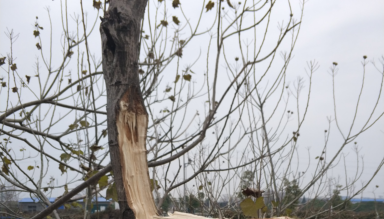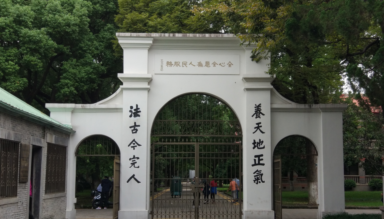Learning-based image quality assessment (IQA) has made remarkable progress in the past decade, but nearly all consider the two key components -- model and data -- in isolation. Specifically, model-centric IQA focuses on developing ``better'' objective quality methods on fixed and extensively reused datasets, with a great danger of overfitting. Data-centric IQA involves conducting psychophysical experiments to construct ``better'' human-annotated datasets, which unfortunately ignores current IQA models during dataset creation. In this paper, we first design a series of experiments to probe computationally that such isolation of model and data impedes further progress of IQA. We then describe a computational framework that integrates model-centric and data-centric IQA. As a specific example, we design computational modules to quantify the sampling-worthiness of candidate images. Experimental results show that the proposed sampling-worthiness module successfully spots diverse failures of the examined blind IQA models, which are indeed worthy samples to be included in next-generation datasets.
翻译:暂无翻译




































